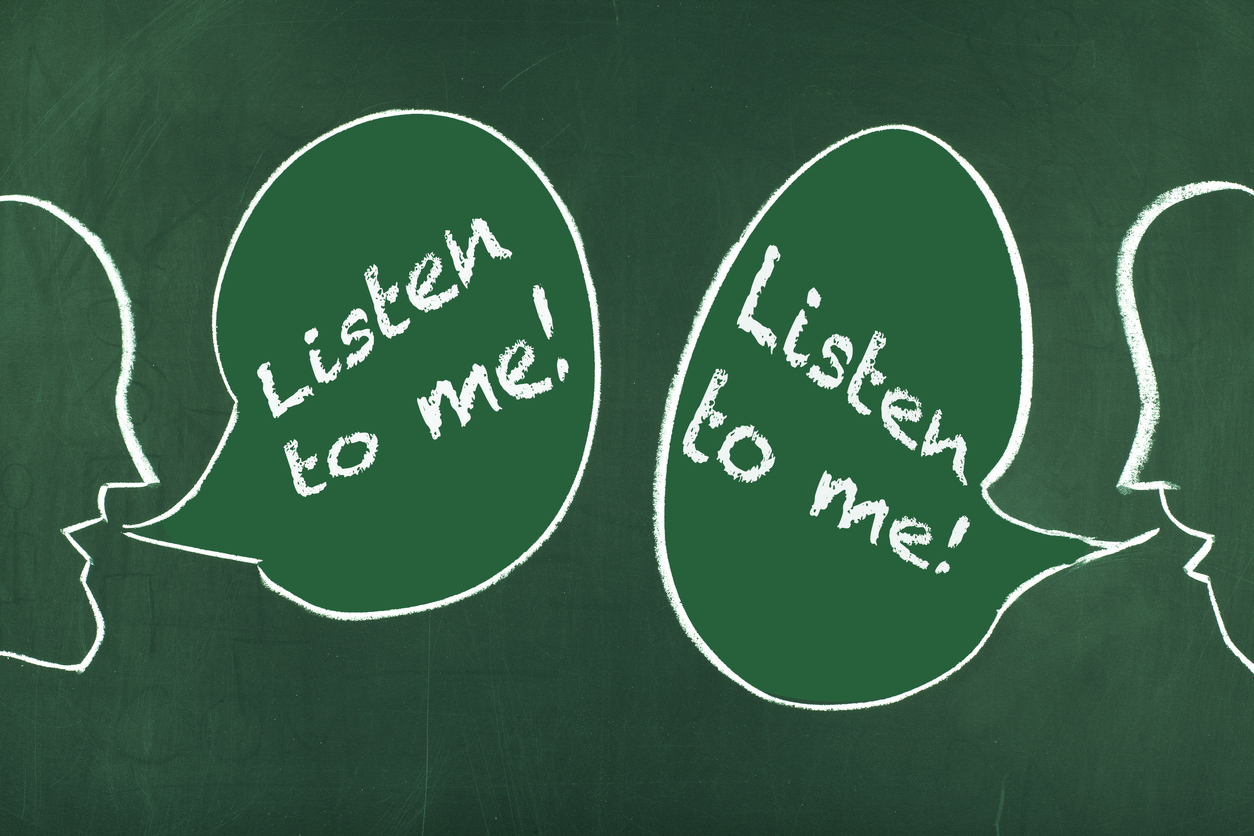Learn how to have difficult conversations with employees, co-workers, and loved ones in a way that leads to productive outcomes.
Whether we are dealing with employees who are underperforming, arguing with our spouses, negotiating with a difficult customer, or just using the words “no”, or “I’m sorry” or “I’m sorry” to avoid or avoid challenging conversations every day.
This blog will show the best way to get yourself ready for the conversation, initiate conversations without being defensive, and make the conversation positive and focused.
A difficult conversation refers to anything that you are unable to talk about due to anxiety over the potential consequences.
THE DILEMMA: AVOID OR CONFRONT – If we attempt to get away from the issue and feel that we’ve been taken advantage of, our emotions will get worse, and we’ll be left wondering what we did to not stand with our own self-interest, and we’ll deprive another person of the chance to make improvements things. However, if we confront the issue, they could become worse.
There is no such thing as a diplomatic hand; sending a message that is difficult to understand is similar to throwing a hand grenade. There’s no way to do it without causing trouble or escape the consequences. The decision not to deliver an unpopular message is like being a slave to the hand grenade after you’ve removed the pin.
DIFFICULT CONVERSATIONS ARE A NORMAL PART OF LIFE.
The issue isn’t with your actions but rather with your thought process. It is logical to move from a “message delivery stance” to a “learning stance.”

SORT OUT THE THREE CONVERSATIONS
Understanding the Structure of Complex Conversations, all difficult conversations have an identical structure. Understanding the structure is crucial for improving how you manage the most difficult conversations.
There’s more to this story than meets the Ear. We need to know not just what’s said and what’s not spoken. It is important to know the thoughts and feelings of people, but not communicate to one another. The difference between what you think and what you’re actually talking about is what can make conversations difficult.
THE “WHAT HAPPENED?” CONVERSATION: WHAT’S THE STORY HERE?
It’s the Truth Assumption – we often overlook one crucial assumption – that I am right, you’re wrong.
There’s just one problem. It’s that I’m never 100% correct. The most difficult conversations are rarely about finding the correct facts. They’re about opposing views or interpretations and values. They don’t concern the truth; they are about what is important.
THE INTENTION INVENTION The mistake we make is easy. We assume that we know the intentions of other people, but we do not. Intentions aren’t obvious. We create them.
THE BLAME FRAME The third mistake we commit is that the majority of difficult conversations center a lot of focus on who is responsible for the mess that we’re in. focusing on blame keeps us from examining the reasons, the root of the problem, and the best way to correct the situation in the future. Focusing on the contribution system helps us discover the root of the issues and work towards fixing them.
THE CONVERSATION ABOUT FEELINGS: WHAT DO WE DO WITH OUR FEELINGS?
An Opera Without Music – difficult conversations don’t only have to do with the use of feelings. They are primarily focused on feelings. They form an integral component of conflict. Being able to recognize feelings, discussing feelings, and managing emotions are among the biggest difficulties of being a human. The ability to talk about feelings is an attainable art.
THE IDENTITY CONVERSATION: WHAT DOES THIS SAY ABOUT ME?
This conversation allows us to improve our ability to manage anxiety significantly and enhance our ability to handle the other two conversations. The identity conversation concerns the things I’m saying to myself about myself. Beyond the obvious nature of the conversation is on the line for you.
MAINTAINING YOUR BALANCE – when you begin to see the implications of your conversation on your self-image, you might begin to lose your equilibrium. This could cause us to doubt our own abilities, to lose focus, or forget what we were planning to say.

Conclusion
In conclusion, learning how to have difficult conversations is an essential skill that can lead to productive outcomes in various aspects of our lives. Whether we are dealing with employees, co-workers, or loved ones, these conversations can be challenging due to the anxiety over potential consequences. However, avoiding difficult conversations only prolongs the issues and prevents growth and improvement.
The roadmap to having difficult conversations starts with mentally and emotionally preparing for the conversation. We need to shift from a defensive mindset to a learning stance, recognizing that difficult conversations are a normal part of life and an opportunity for growth. Understanding the structure of complex conversations is crucial, as it helps us navigate the different aspects that make these conversations challenging.
The first conversation to address is the “What Happened?” conversation, where we need to challenge the assumption that we are always right and others are wrong. Difficult conversations are rarely about finding the correct facts; they often revolve around opposing views, interpretations, and values. It is important to focus on understanding each other’s perspectives rather than proving who is right.
The second conversation is the “Intention Invention,” where we tend to assume we know the intentions of others. However, intentions are not always obvious, and we create them based on our own perceptions. It is essential to have open and honest discussions about intentions to avoid misunderstandings and conflicts.
The third conversation is the “Blame Frame,” which often takes up a significant portion of difficult conversations. Instead of focusing on blame, we should shift our attention to the contribution system, exploring the root causes of the problem and working together to find solutions for the future.
The conversation about feelings is another crucial aspect of difficult conversations. Feelings play a significant role in conflicts, and being able to recognize, discuss, and manage emotions is essential. It is an art that can be learned and practiced to improve our communication and understanding.
Lastly, the identity conversation involves the things we say to ourselves about ourselves during difficult conversations. Maintaining balance and self-confidence while engaging in these conversations is important, as they can impact our self-image. Being aware of our own thoughts and managing anxiety allows us to approach difficult conversations with clarity and composure.
In conclusion, the roadmap to difficult conversations is about embracing these challenges as opportunities for growth, understanding the structure of conversations, challenging assumptions, focusing on intentions and contributions, acknowledging and managing emotions, and maintaining our balance. By developing these skills, we can navigate difficult conversations with greater effectiveness and create positive outcomes in our relationships and professional interactions.






